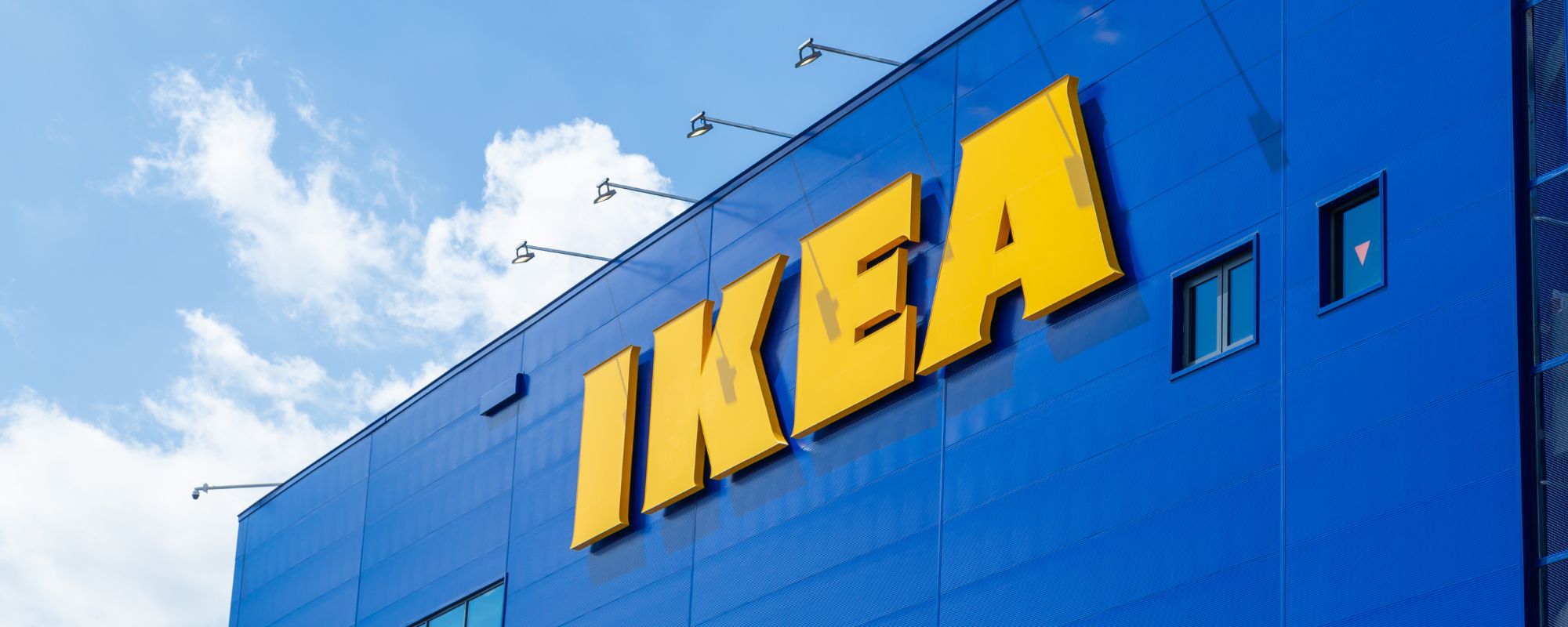Have you ever lounged on a Klippan or an Ektorp and wondered how on earth a sofa got such an odd name? It turns out, there is a very specific system behind all of IKEA’s wacky furniture names. And it makes perfect sense!
Videos by Rare
IKEA’s Founder, Ingvar Kamprad, Suffered From Dyslexia
The founder of IKEA, Ingvar Kamprad, was dyslexic. According to Dougie Sharpe, the human encyclopedia of TikTok, Kamprad had some serious trouble remembering products from the usual barcode system. And so, he devised a way to make his furniture empire’s naming system memorable to aid his disability.
It actually starts with the company’s name, itself. IKEA is an acronym. “I” stands for Ingvar, “K” stands for Kamprad. “E” stands for Elmtaryd, the Swedish farm where Kamprad grew up. And “A” stands for Agunnaryd, a village close to his home. IKEA now makes more sense, doesn’t it?
IKEA’s furniture, however, isn’t named by acronyms. Kamprad decided to create a topical system that used everyday names, places, and things for his products.
IKEA’s bathroom products are all named after Swedish lakes and rivers. Bookcases are named after professions and boys’ names. Beds, hall furniture, and wardrobes are named after Norwegian place names. Wall decorations and items like clocks and frames are named off of places in Sweden as well as slang expressions. Bowls, candle holders, and things that you might find on tables are named after Swedish places as well as spices, herbs, fruits, and some adjectives. Curtains and fabrics are based on Scandinavian girls’ names. Desks and chairs are based on Scandinavian boys’ names. Scandinavian islands are used for naming garden furniture. Children’s products use adjectives, mammals, and birds.
And so on!
IKEA’s naming system makes a whole lot more sense now, doesn’t it?
The ever-popular Billy bookcase is named Billy because that is a common Scandinavian boy’s name meaning “resolute protector.”
Of course, with IKEA’s massive inventory, the naming system doesn’t stop there. Lighting products are named off of units of measurement, nautical and shipping terms, as well as some Swedish places. Danish places are used to name rugs. And kitchen supplies are named after fish, mushrooms, and some adjectives.
Those Klippans and Ektorps? Sofas are named after Swedish place names, and yes, those are both places in Sweden. It goes on, but you get the idea. Considering the fact that Kamprad started IKEA as a small mail order catalogue business, and how much the company grew, it’s no wonder that he wanted to devise a system that made more sense than long, garbled bar codes.
Kamprad Used to Be a Bike-Peddling Matchstick Sales Boy
Kamprad founded IKEA in 1943 at the age of 17 in the town of Älmhult, Sweden. He was a businessperson from a very young age, selling matches at age 5. At age 7, he started using his bicycle to sell bulk matches, and then fish, and then Christmas decorations. After his dad rewarded him with some cash for succeeding in school, he started IKEA.
But the original IKEA wasn’t the IKEA we all know today. Kamprad actually sold completely different goods, like pens, jewelry, and wallets. In 1948, he began selling furniture. It was all sold via the catalog and customers placed their orders via mail.
According to IKEA’s website, the “stony and rugged” landscape of Småland, where Kamprad grew up, was a place of ingenuity. This is because people who lived there didn’t have much money and were often left to create and build their own goods out of necessity.
“Because of this, Smålanders are said to be thrifty and innovative, with a ‘no-nonsense’ approach to everyday problem solving,” the website reads. That is the heritage that IKEA gets its business model from.
IKEA uses easy-to-build, DIY kits much of the time that allow for flat packaging and reduced shipping costs. This also stays true to the concept of frugality and ingenuity. Sure, IKEA designed it all and cut the pieces already, but you still get to feel like a bit of a handy-person at home when you build your bed or your bookcase!
IKEA Makes Over $42 Billion in Revenue Each Year
And the IKEA business model was a smashing success. As of last year, the company had 458 stores in 59 countries with 7 more countries planning on getting in on the action. The company made about $42 billion in revenue last year.
And Kamprad himself was once the 8th richest man in the world, making billions from his business before his death. He was once worth about $28 billion. His wealth decreased significantly in the final years before he passed away in 2014, however. This was due to the legalities surrounding ownership of IKEA. However, Kamprad was still worth $3.5 billion when he died, and his three sons, Peter, Jonas, and Mathias are also billionaires.
That’s an impressive success story for a self-made billionaire who once peddled matches in rural Sweden!



